Atar : God of Fire
Listen
At a glance
| Description | |
|---|---|
| Origin | Iranian Mythology |
| Classification | Gods |
| Family Members | Ahura Mazda (Parent) |
| Region | Iran |
| Associated With | Fire |
Atar
Introduction
In Iranian mythology, Atar is more than just the element of fire; he embodies divine purity, spiritual illumination, and the sacred connection between mortals and the divine. Central to Zoroastrianism, Atar represents the presence of Ahura Mazda and the principle of Asha—truth and righteousness.
Revered as both a deity and a cosmic force, Atar manifests in multiple forms, described as both “burning and unburning fire” or “visible and invisible fire.” As a Yazata, he is not simply fire itself but its divine essence, guiding and protecting against malevolent forces. In Zoroastrian rituals, fire is meticulously purified over a thousand times each year, reinforcing its role as a bridge between the material and spiritual worlds.
Physical Traits
In Zoroastrianism, Atar is deeply intertwined with fire, serving as both a divine force and a sacred element. Early texts describe him as an abstract principle, a medium through which the Creator’s will manifests, while later traditions personify him as a deity embodying warmth, light, and spiritual purity.
Rather than taking a human form, Atar is primarily represented through flames, radiance, and heat. The Avesta emphasizes his transformative power, portraying him as an eternal, unyielding fire that symbolizes truth and justice. In some artistic interpretations, he appears as a red-skinned figure with multiple heads or arms, reinforcing his divine nature. Whether seen as a flickering flame in a temple or an elemental force guiding the righteous, Atar remains a bridge between the physical and spiritual worlds.
Family
In Zoroastrian cosmology, Atar is regarded as an extension of Ahura Mazda’s divine will, embodying purity and spiritual power. Though later texts refer to him as the “son” of Ahura Mazda, this designation symbolizes his role rather than a literal familial connection.
As a force of cosmic balance, Atar interacts with other elemental forces like water and air, reinforcing the interconnectedness of nature and divinity. His presence ensures order, acting as both a purifier and protector against darkness, further solidifying his significance within the Zoroastrian spiritual framework.
Other names
Atar’s name has taken on various forms throughout history, reflecting his enduring role in Iranian mythology and Zoroastrianism. The Avestan atarš evolved into the commonly used Persian term Atash, while Azar became its modern equivalent. During the late Achaemenid era, when Zoroastrian theology became more structured, Atar was referred to as Adar, reinforcing his divine status within the religious hierarchy.
In Middle Persian (Pahlavi) texts, his name appeared as Atesh or Adur, emphasizing his continued reverence in later periods. These linguistic variations highlight how Atar’s presence remained central to spiritual and cultural traditions, adapting to different eras while maintaining his core essence as the sacred fire and divine purifier.
Powers and Abilities
Atar, as the divine embodiment of fire, wields immense power, serving as a bridge between the material and spiritual worlds. His purifying nature allows him to cleanse objects, individuals, and even souls, reinforcing his role as a protector of truth and righteousness. Some accounts suggest he can manipulate fire at will and traverse dimensions, guiding the cremated dead toward the afterlife. His strength is further highlighted in Vendidad 1, where he battles Aži Dahāka, the monstrous dragon, symbolizing his duty as a guardian against darkness and chaos.
Beyond purification and protection, Atar’s presence is integral to Zoroastrian rituals, ensuring cosmic balance and spiritual integrity. As the living essence of fire, he is invoked in ceremonies to ward off malevolent forces and maintain harmony in both the natural and divine realms. His influence extends beyond mythology into everyday religious practices, solidifying his role as a fundamental force in Zoroastrian belief.
Modern Day Influence
Although Atar is no longer worshipped as a distinct deity, his essence lives on through the sacred role of fire in Zoroastrianism. Fire temples continue to uphold its purity, treating it as a manifestation of Ahura Mazda’s divine presence. Beyond religious practice, fire remains a vital cultural symbol, representing warmth, enlightenment, and spiritual guidance in everyday life.
Despite the decline of Zoroastrianism since its prominence in the Achaemenid and Sassanian periods, Atar’s legacy persists in various ways. His influence extends beyond religious traditions, symbolizing truth, transformation, and the eternal struggle between light and darkness. In a broader context, fire’s enduring significance across cultures reflects Atar’s lasting impact as a force of purity and divine connection.
Related Images
Source
Boyce, Mary. (1975). “On the Zoroastrian Temple Cult of Fire”. Journal of the American Oriental Society, 95(3), 454–465.
Boyce, Mary. (2002). “Ātaš”. Encyclopaedia Iranica. New York: Mazda Pub, pp. 1–5.
Dhalla, Maneckji Nusservanji. (1938). History of Zoroastrianism. New York: OUP.
Iranian Mythology; Gods & Goddesses – (CAIS) ©. (2024). CAIS-SOAS.
Lubotsky, Alexander. (2011). Etymological Dictionary of the Iranian Verb. Leiden Indo-European Etymological Dictionary Series, 3(3). Brill.
Mallory, J. P., & Adams, Douglas Q. (1997). Encyclopedia of Indo-European Culture. Taylor & Francis.
Persian Mythology: Epic Stories of Gods, Heroes, and Monsters. (2025). Author Sunbound.
Vermeer, Willem. (2008). “The Prehistory of the Albanian Vowel System: A Preliminary Exploration”. Studies in Slavic and General Linguistics, 32, 591–608.
Frequently Asked Questions
What is lorem Ipsum?
I am text block. Click edit button to change this text. Lorem ipsum dolor sit amet, consectetur adipiscing elit. Ut elit tellus, luctus nec ullamcorper mattis, pulvinar dapibus leo.
What is lorem Ipsum?
I am text block. Click edit button to change this text. Lorem ipsum dolor sit amet, consectetur adipiscing elit. Ut elit tellus, luctus nec ullamcorper mattis, pulvinar dapibus leo.
What is lorem Ipsum?
I am text block. Click edit button to change this text. Lorem ipsum dolor sit amet, consectetur adipiscing elit. Ut elit tellus, luctus nec ullamcorper mattis, pulvinar dapibus leo.
What is lorem Ipsum?
I am text block. Click edit button to change this text. Lorem ipsum dolor sit amet, consectetur adipiscing elit. Ut elit tellus, luctus nec ullamcorper mattis, pulvinar dapibus leo.
What is lorem Ipsum?
I am text block. Click edit button to change this text. Lorem ipsum dolor sit amet, consectetur adipiscing elit. Ut elit tellus, luctus nec ullamcorper mattis, pulvinar dapibus leo.

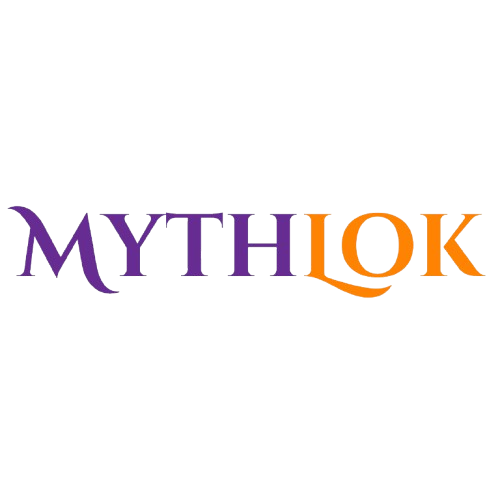
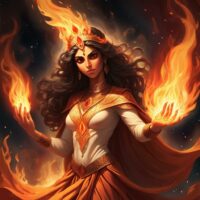

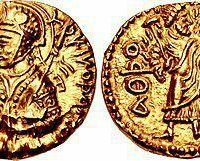
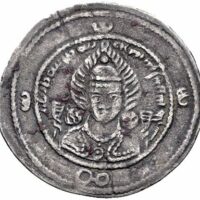



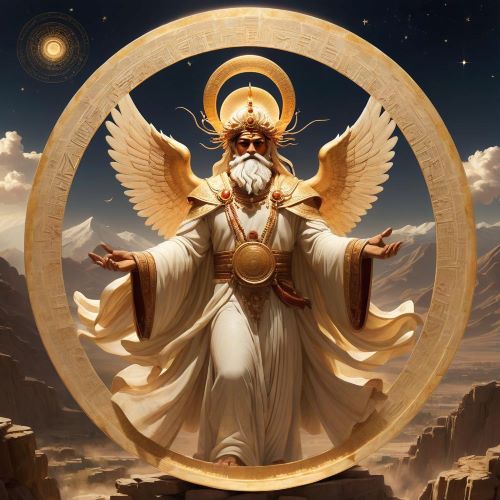
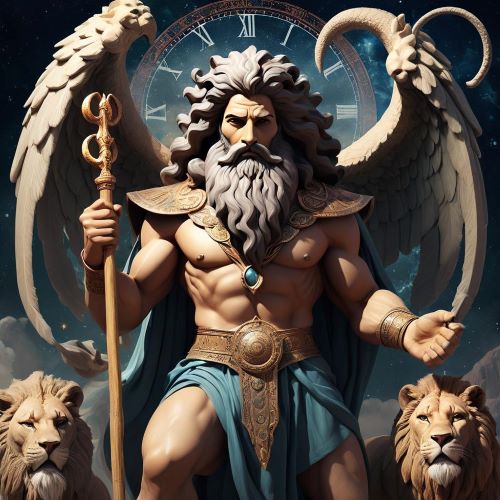
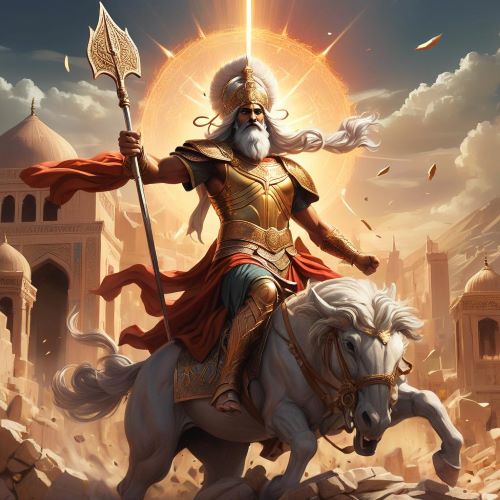
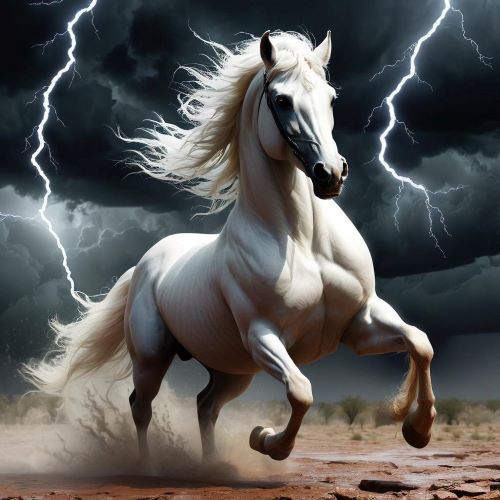
Deng Minyiel Nyok
my people are interested on Atar God of Fire mythology the picture of it’s the same as the oldest Dancing from 1970 and 1980 New generations want it